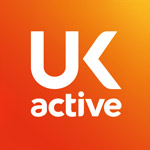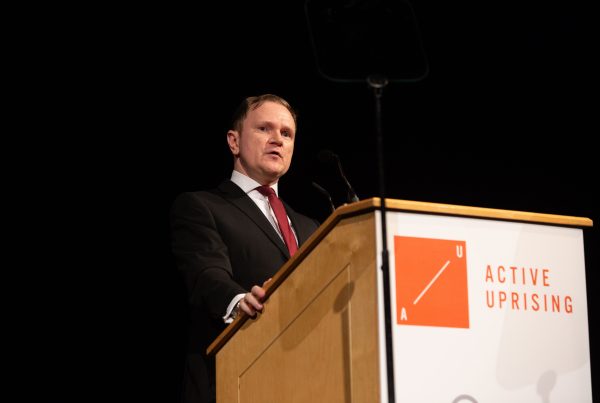By Dr Dane Vishnubala, Consultant in Sport and Exercise Medicine, and Chief Medical Advisor, Active IQ
As gyms and clubs reopen to the public, millions of members will be keen to resume their workout routines. Many can expect to regain their fitness and strength quite quickly, despite the long lockdown break. But members returning to exercise after having COVID-19 should be very careful and follow a phased approach.
People who had severe COVID-19 illness, such as those who were hospitalised, are thought to be at higher risk of cardiac, respiratory or circulatory complications as they recover. While exercise is very much recommended to restore cardiorespiratory fitness and strength, anyone who has had COVID-19 should view their return to the gym as part of their rehabilitation and manage their fitness routine in conjunction with post-COVID-19 medical services.
Exercise caution
Even people who didn’t require hospital treatment for COVID-19 should exercise caution, especially if they had symptoms during their illness suggestive of any damage to their heart – such as chest pain, severe breathlessness or palpitations. Anyone who experienced any of these symptoms during COVID-19 – even if they managed their illness from home – should check with their GP, and those who were hospitalised should consult with a clinician to ensure that they’re able to resume exercise before starting back slowly and gradually.
Finally, anyone whose symptoms are prolonged and are not settling could be suffering from ‘long COVID’, a long-term health condition which can be exacerbated by exercise. Once again, seeking advice from a GP or healthcare professional is of paramount importance.
To support people’s return to exercise, gym instructors, group exercise instructors and PTs should all be vigilant. While it may be tempting to get straight back to pre-lockdown routines and sessions, the fact is many people will have been away from structured exercise and not encountered the intensity levels usually reached under instruction at the gym or studio.
Phased programme guidance
My advice to PTs and instructors would be to take the lead from the team of medics who together researched and wrote ‘Returning to physical activity after COVID-19’, a short article published by the BMJ earlier this year. The team’s multidisciplinary experience in sports and exercise medicine, rehabilitation and primary care, combined with current evidence and consensus statements, has resulted in the following phased programme guidance for people returning to the gym after having COVID-19:
- Firstly, ensure your client has been symptom free for at least seven days
- Use the Borg Rating or Perceived Exertion (RPE) Scale – ranging from 6 being ‘no exertion’ to 20 being ‘maximal exertion’
- Ensure each phase lasts at least seven days
- Phase 1 would aim for an RPE of 6-8
- Phase 2 – RPE 9-11
- Phases 3 and 4 – RPE 12-14
- Phase 5 – RPE of 15
- Allow clients to take longer at each phase or go back a phase, depending how they feel.
Pace it carefully
In short, a very conservative approach to working with clients returning to the gym post-COVID-19 is what is required here. People who are feeling well can expect to regain their fitness quite quickly and safely using a phased progression programme. The best fitness instructors know when to reduce or regress an exercise programme and this has never been more important than it is today. Slow and steady wins the race.

More People More Active More Often




